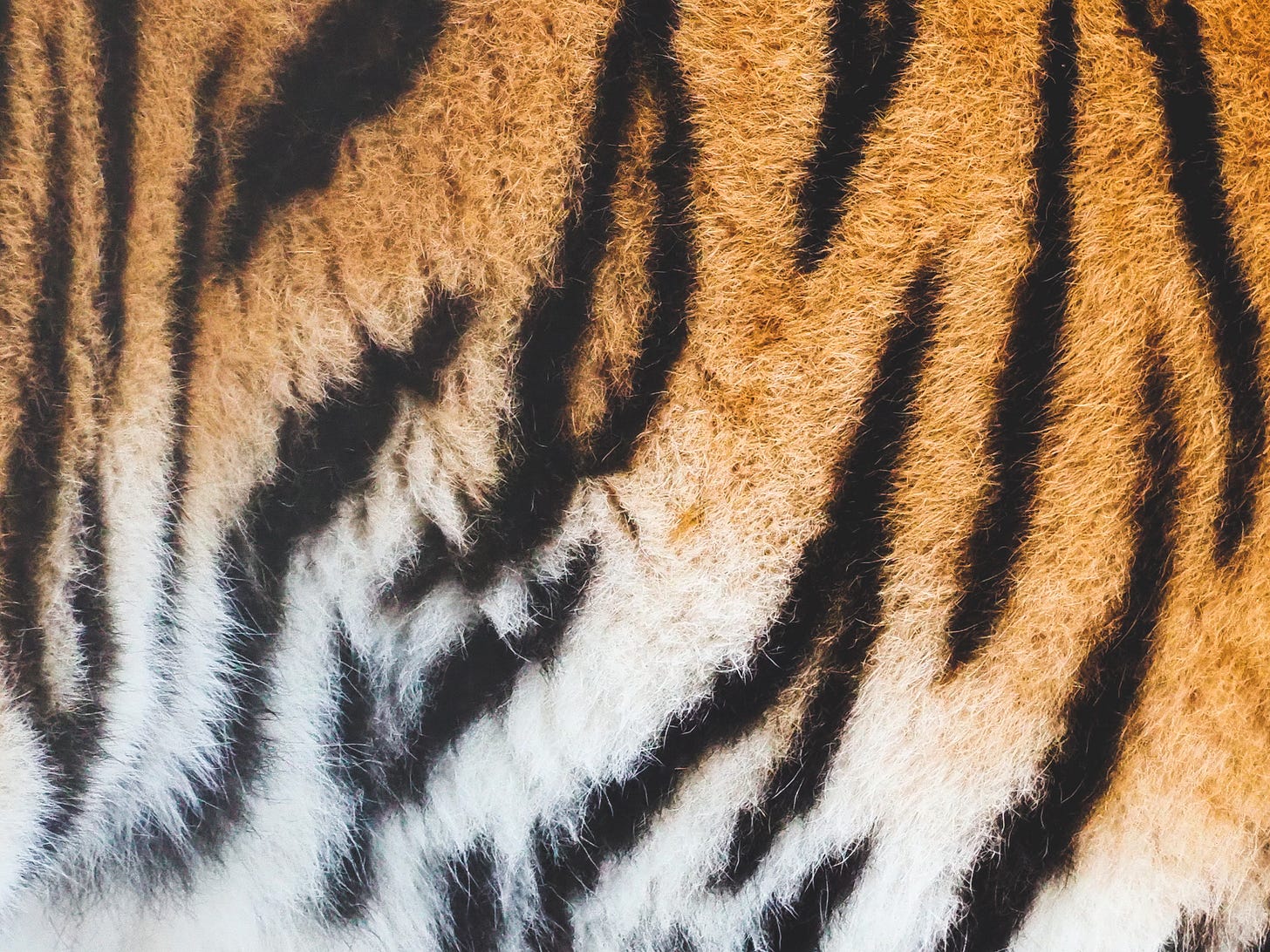Photo by Max van den Oetelaar on Unsplash
There’s a TikTok video of a young guy addressing his contemporaries about why they need to “grow up” about things they could encounter with women in their lives. Grow up about period blood, he demands of the fellas. Grow up about body hair, he proclaims–these things are normal!
…
Keep reading with a 7-day free trial
Subscribe to Body Type to keep reading this post and get 7 days of free access to the full post archives.



